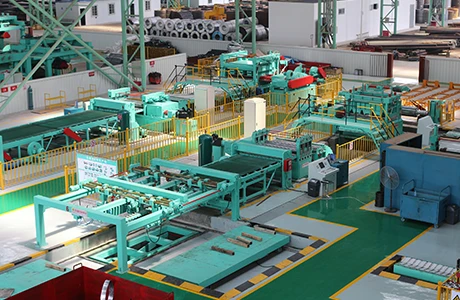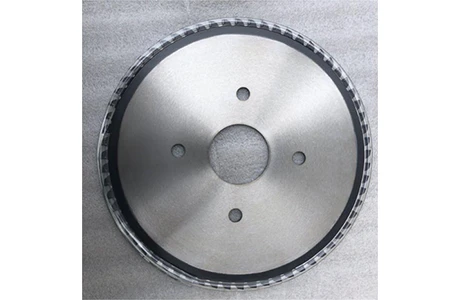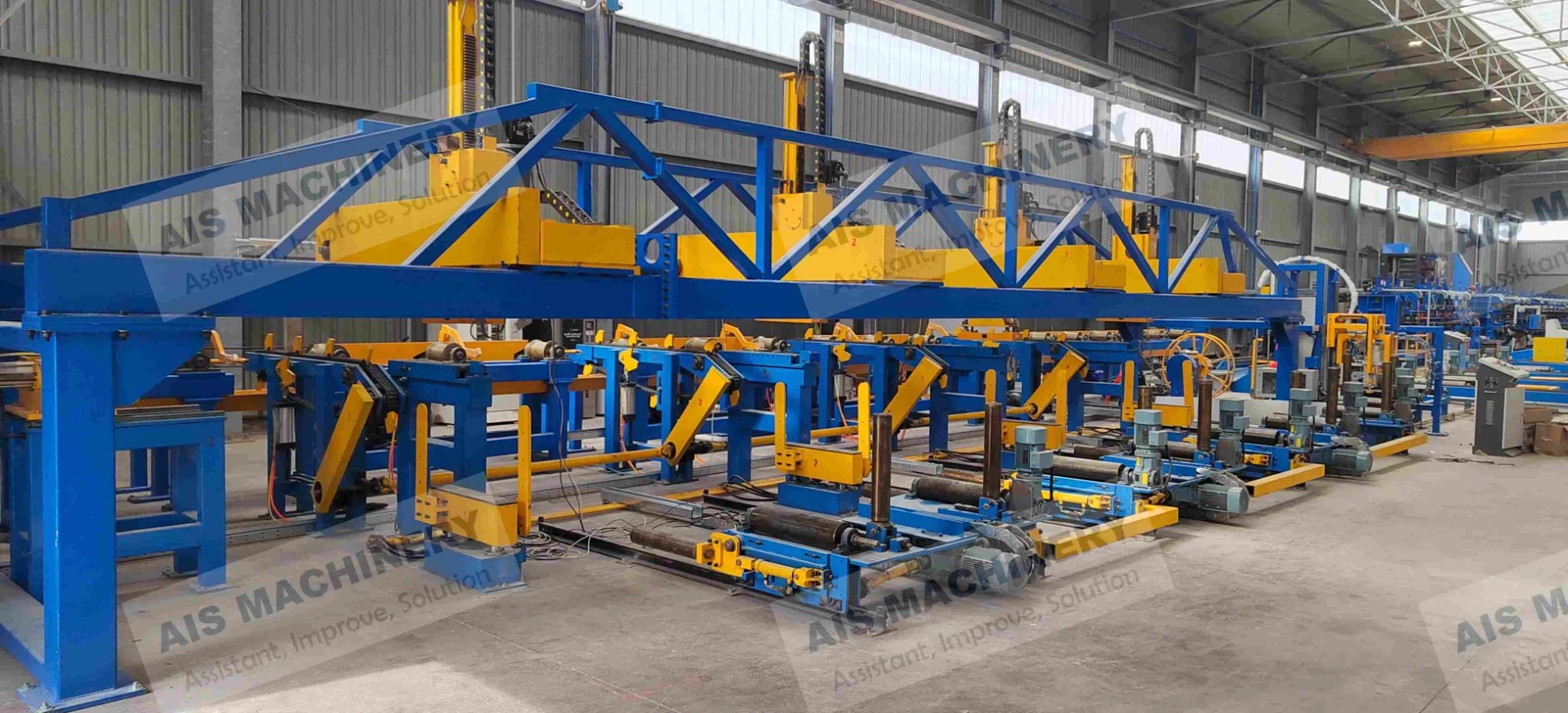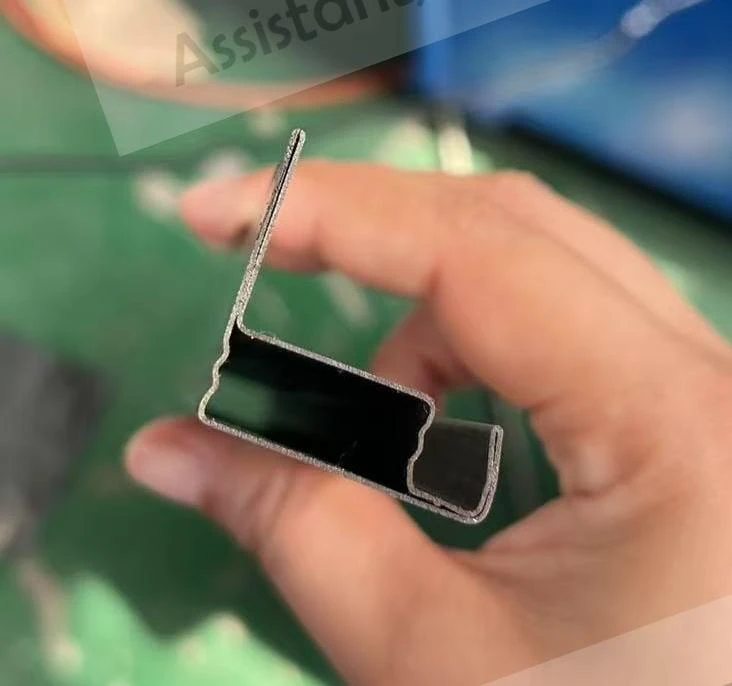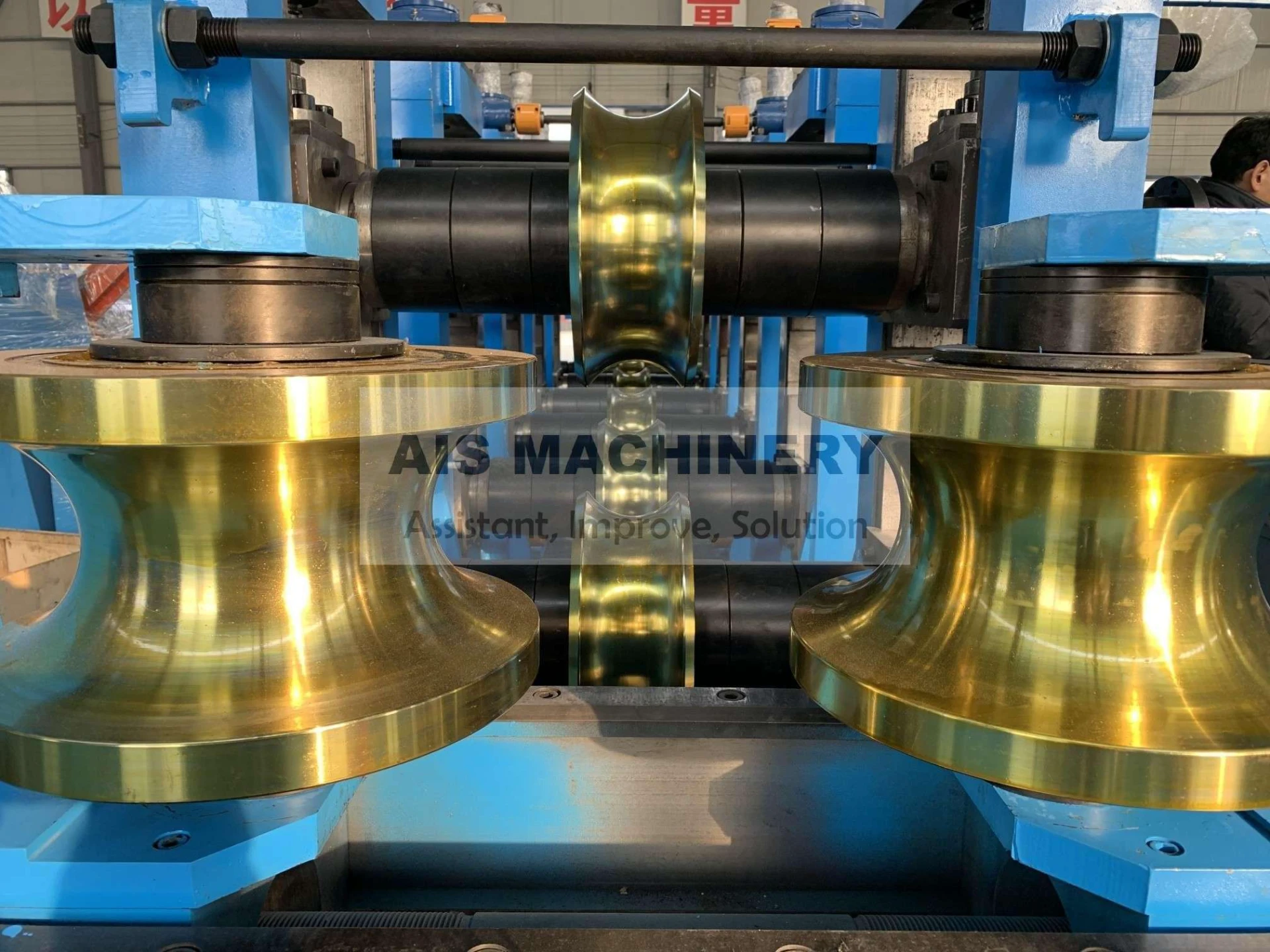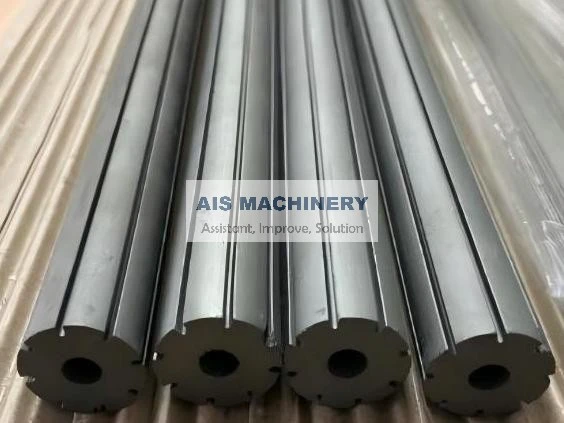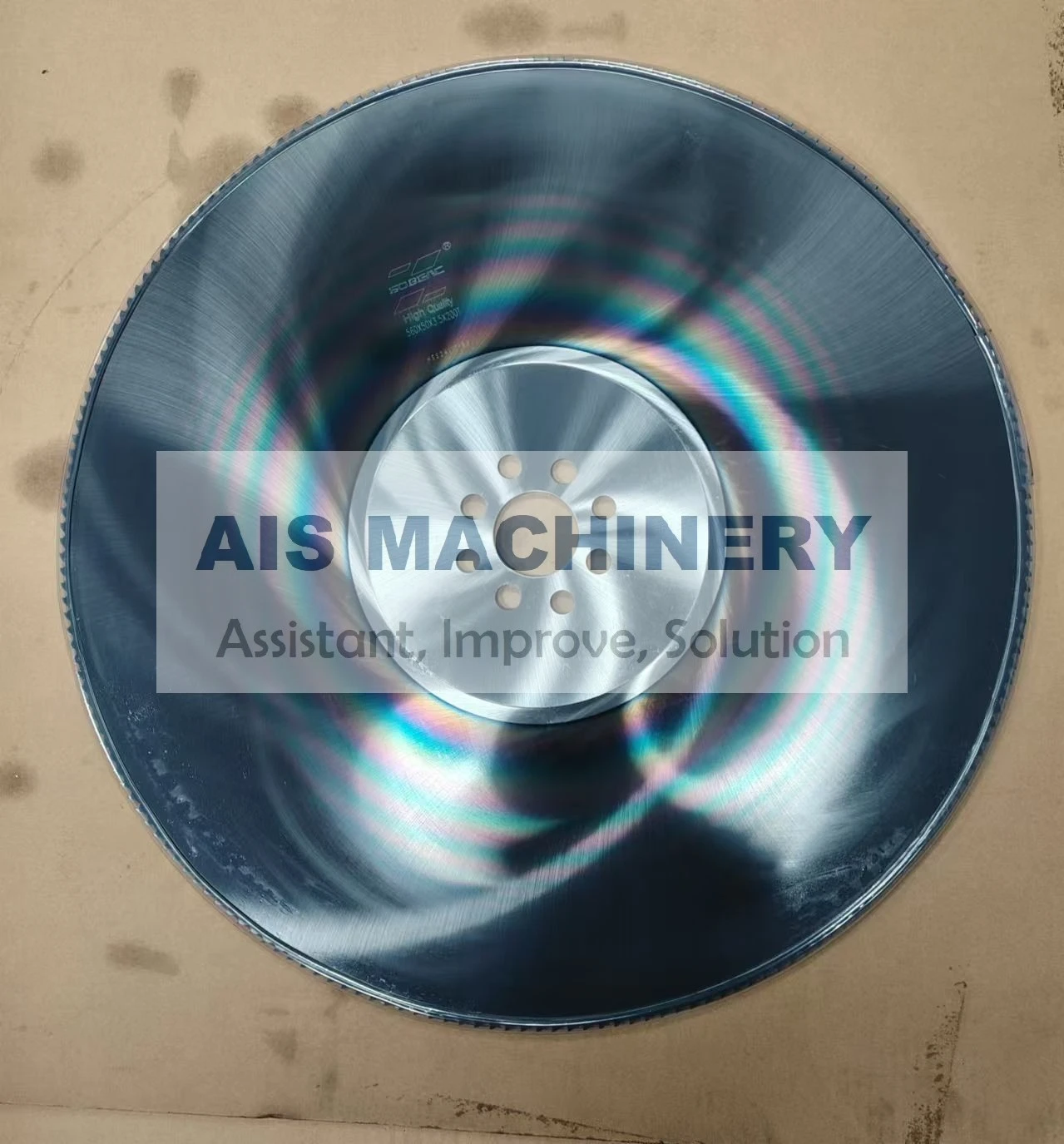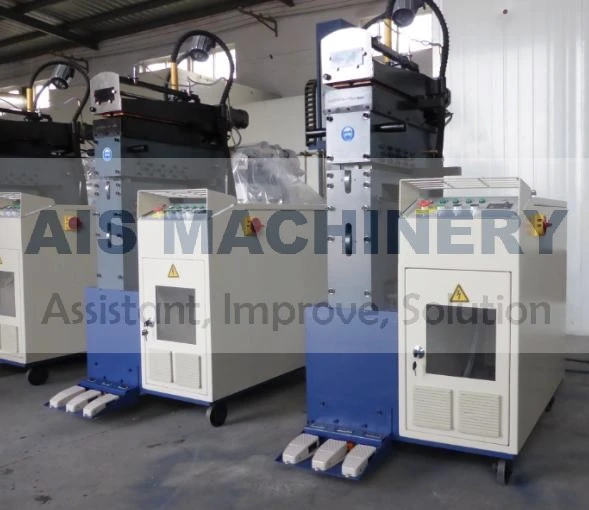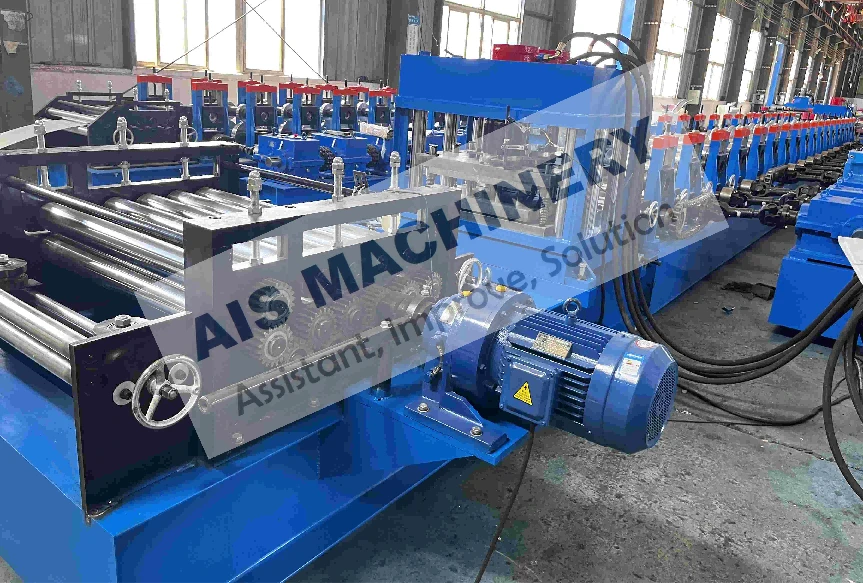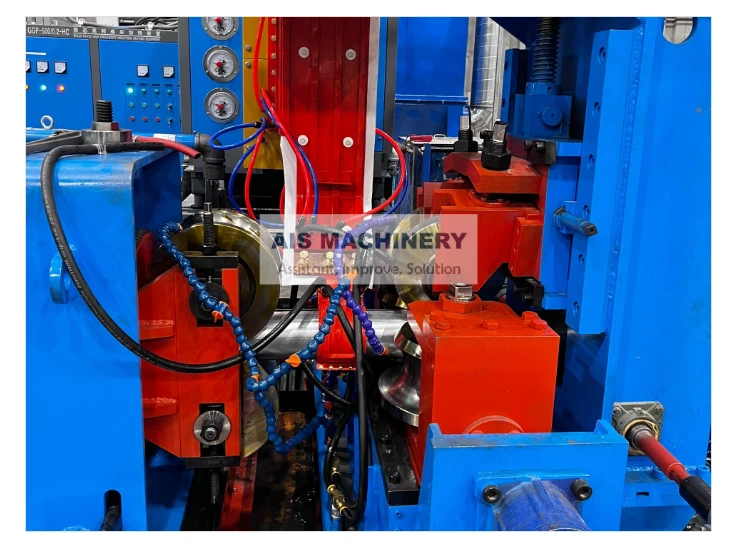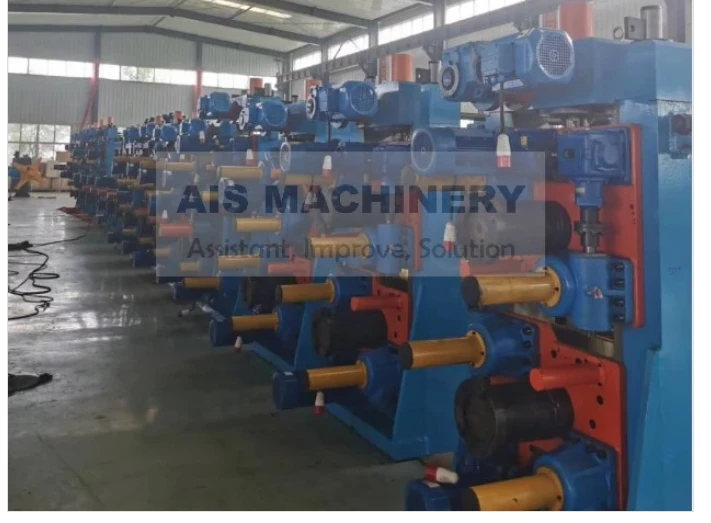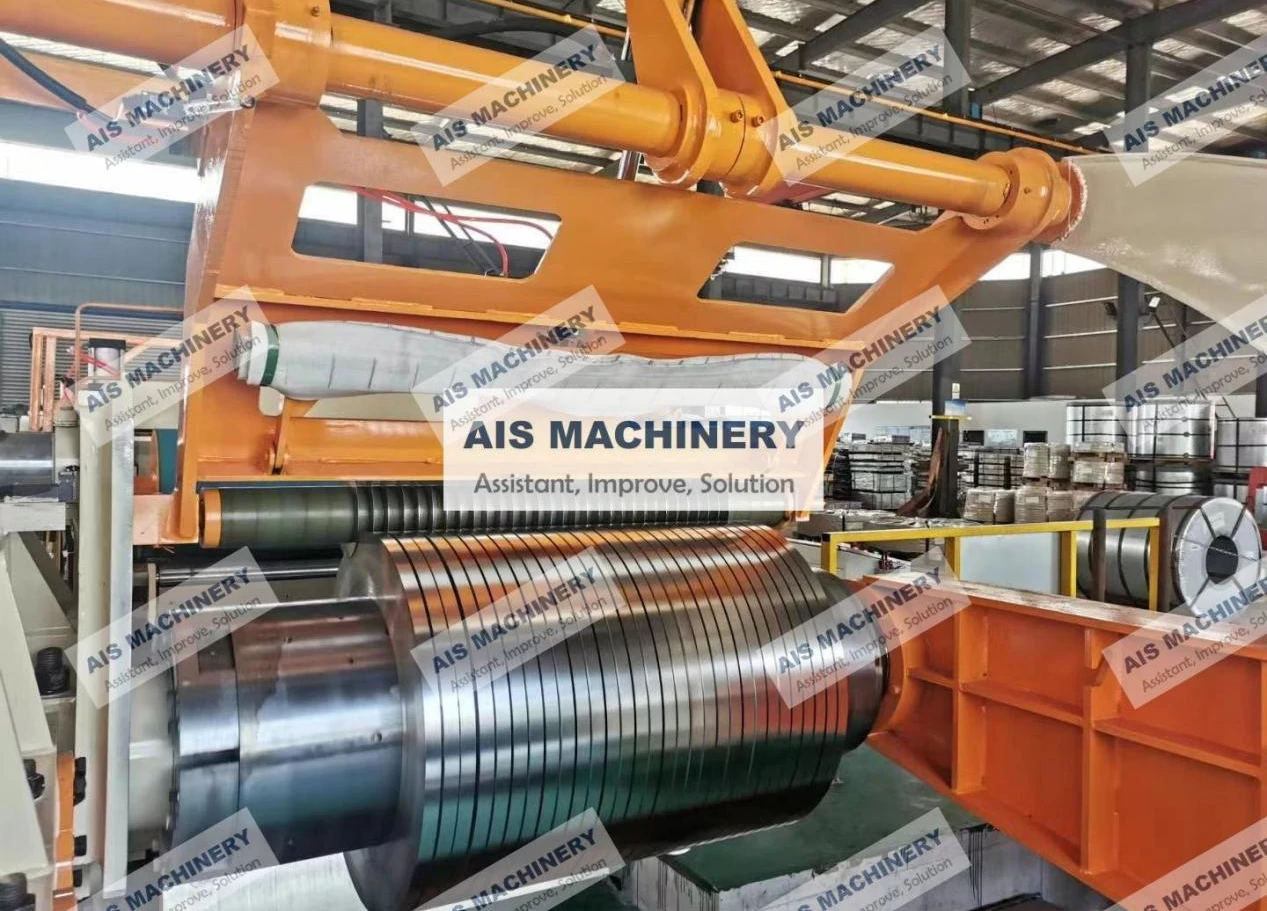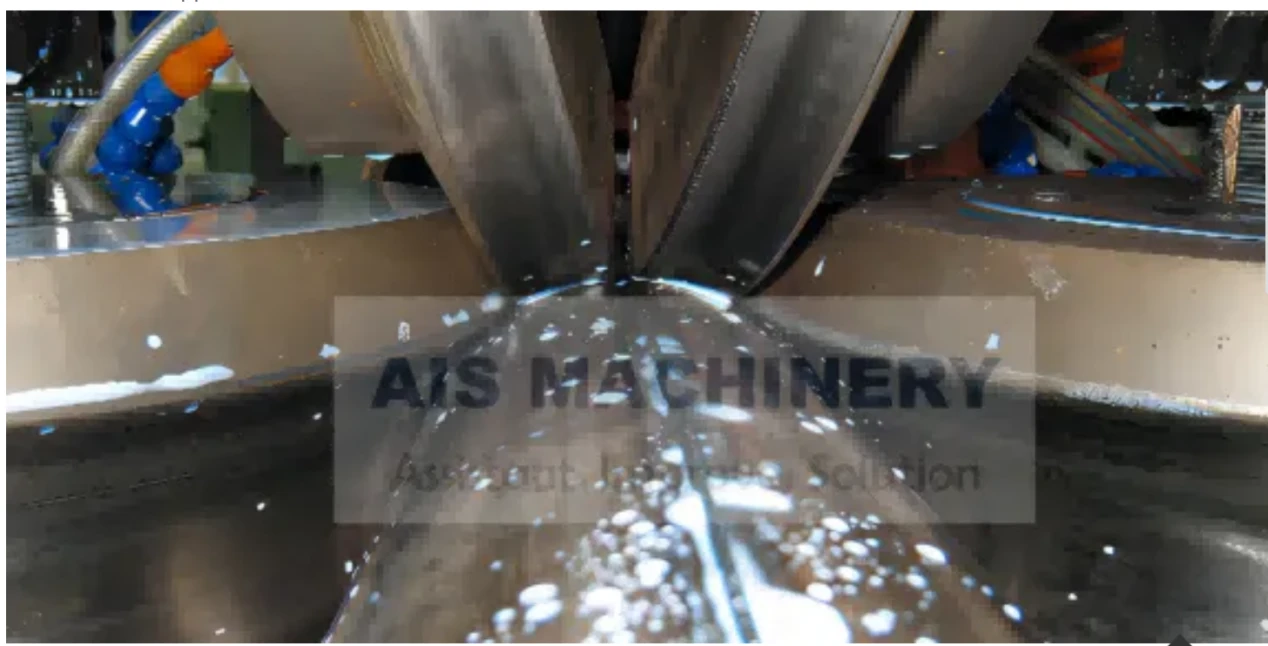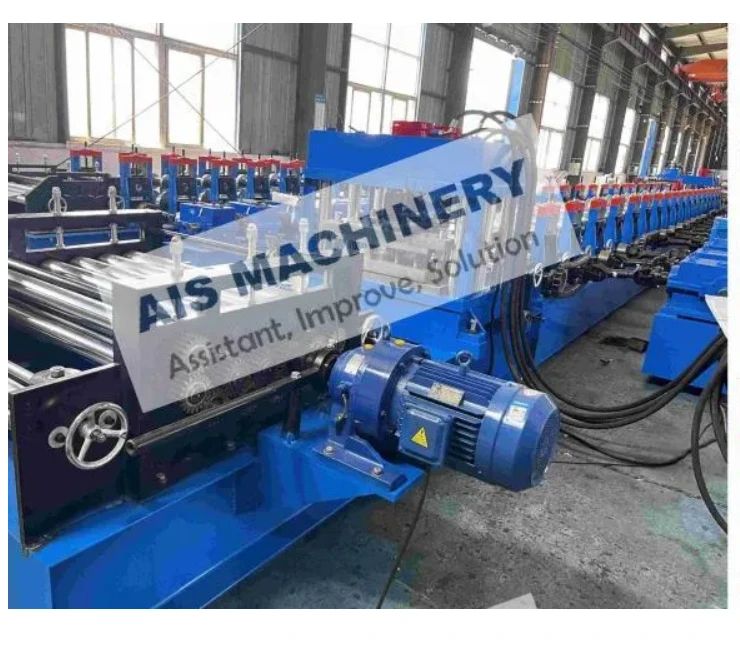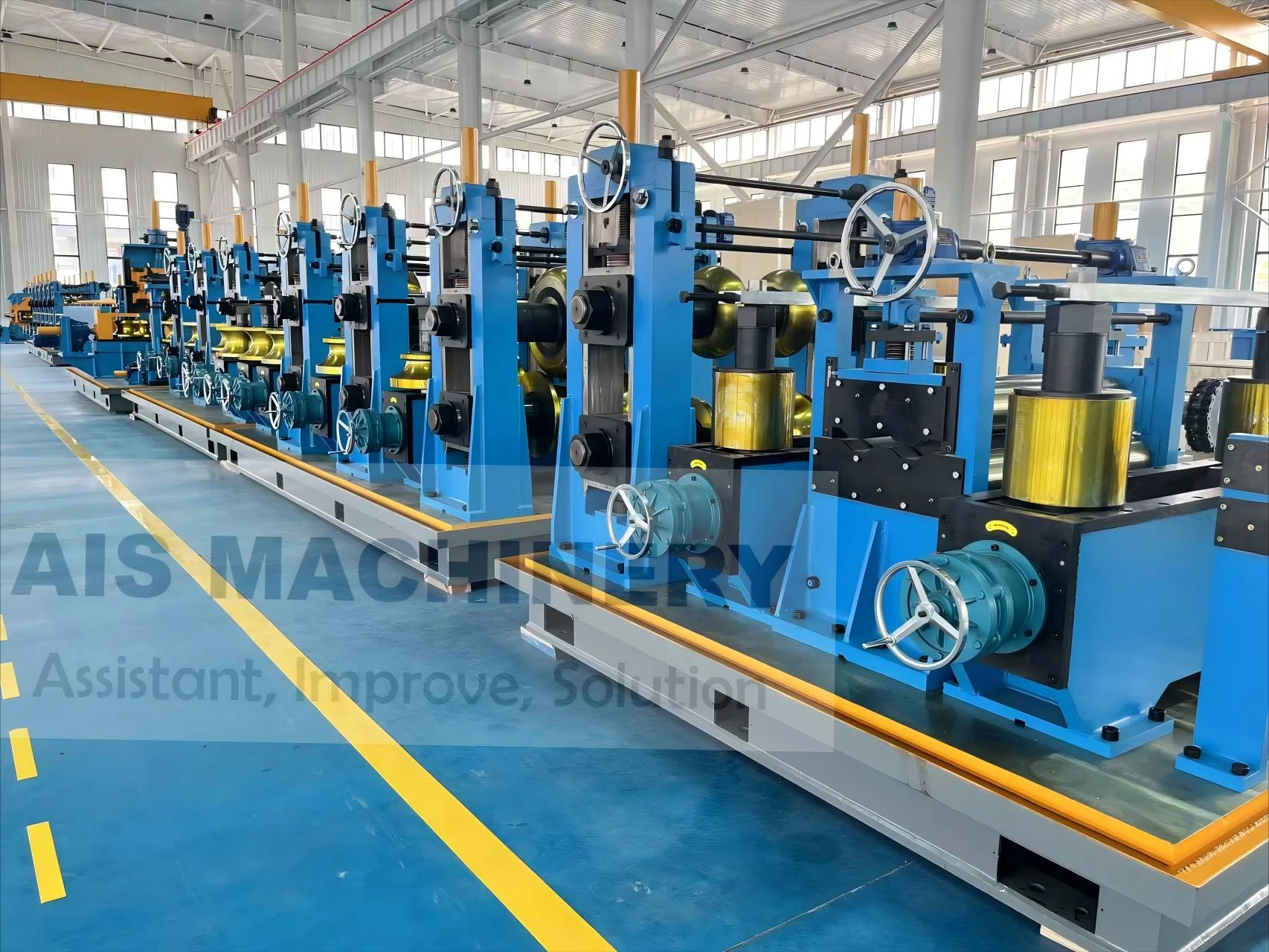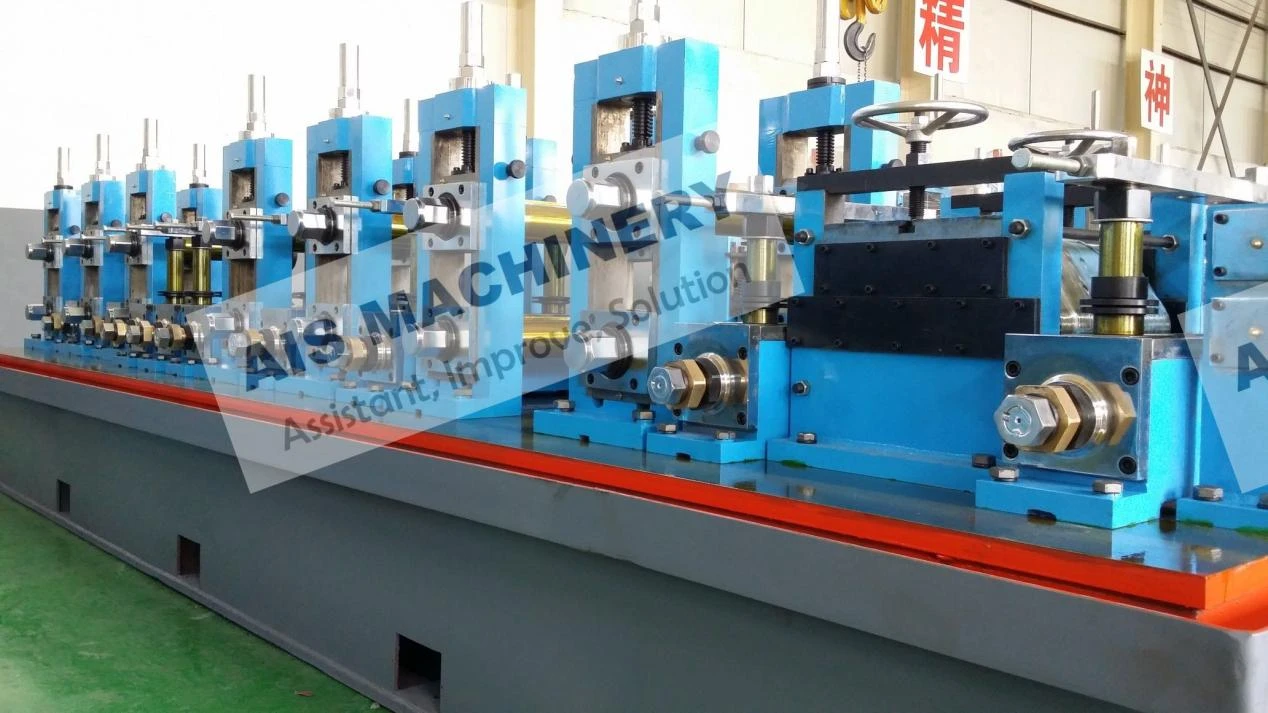-
 Tel:86-15176910262
Tel:86-15176910262
-

Suchen
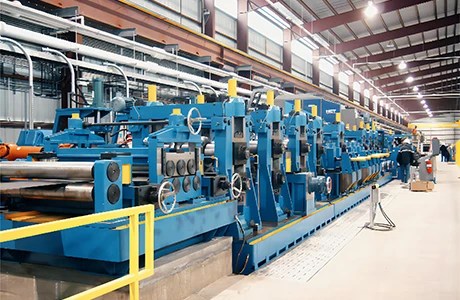


Solid State Welding Machine Material Compatibility
Jul . 28, 2025 15:10
Understanding material compatibility is foundational to maximizing the performance of Festkörperschweißgerät systems, ensuring strong, durable welds while protecting equipment integrity. As a wholesaler, guiding customers toward the right Festkörperschweißgerät—whether a Festkörper-Hochfrequenzschweißgerät or a Festkörper-HF-Schweißgerät—requires expertise in how different materials interact with these advanced welding technologies. HEBEI AIS MACHINERY EQUIPMENT CO.,LTD, a leading manufacturer of these systems, emphasizes that material compatibility directly impacts weld quality, production efficiency, and machine longevity. This guide explores the compatibility of various metals with Festkörperschweißgerät technologies, the unique considerations for Festkörper-Hochfrequenzschweißgerät and Festkörper-HF-Schweißgerät operations, and how equipment design influences material processing, empowering wholesalers to support customers in achieving optimal welding results.
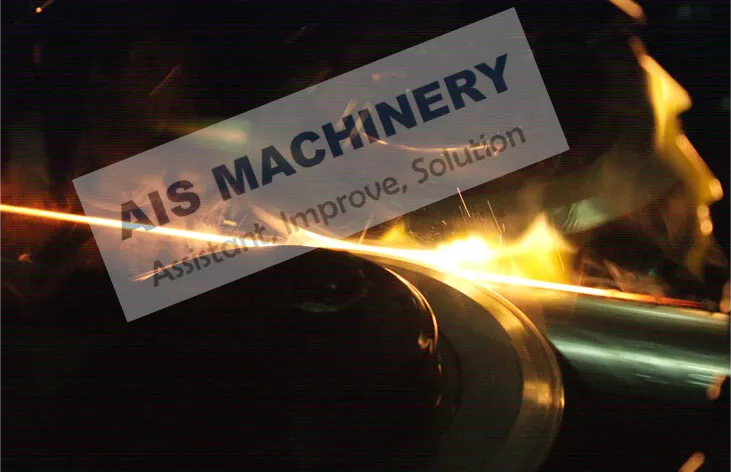
Solid State Welding Machine Material Compatibility Fundamentals
Key Material Properties for Solid State Welding
- Ductility: Materials with high ductility, such as aluminum and copper, are ideal for Festkörperschweißgerät operations, as they can deform under pressure without cracking during the weld process. HEBEI AIS MACHINERY EQUIPMENT CO.,LTD.’s Festkörperschweißgerät models are calibrated to leverage ductility, applying precise pressure (50–500 MPa) to create metallurgical bonds without melting.
- Thermal Conductivity: Materials with high thermal conductivity, like copper and its alloys, require Festkörperschweißgerätsystems with rapid heat dissipation to prevent overheating. HEBEI AIS MACHINERY EQUIPMENT CO.,LTD.’s water-cooled Festkörperschweißgerät components manage heat effectively, ensuring stable welding conditions even for highly conductive materials.
- Melting Point: While Festkörperschweißgerätoperations avoid reaching material melting points, higher melting point metals (e.g., titanium, stainless steel) require more pressure and longer weld cycles to achieve diffusion bonding. HEBEI AIS MACHINERY EQUIPMENT CO.,LTD.’s heavy-duty Festkörperschweißgerät models deliver the necessary force (up to 1000 kN) for these challenging materials.
Common Materials Processed by Solid State Welding Machines
- Aluminum Alloys: Aluminum and its alloys (e.g., 6061, 7075) are highly compatible with Festkörperschweißgerätsystems, forming strong welds without the brittleness caused by fusion welding. HEBEI AIS MACHINERY EQUIPMENT CO.,LTD.’s Festkörperschweißgerät models excel with aluminum, using frequency settings (200–400 kHz) optimized to create oxide-free weld interfaces.
- Copper and Brass: Festkörperschweißgerätsystems handle copper and brass effectively, though their high thermal conductivity requires precise energy control. HEBEI AIS MACHINERY EQUIPMENT CO.,LTD.’s Festkörperschweißgerät configurations for copper include enhanced pressure application (300–500 MPa) to ensure proper diffusion bonding.
- Stainless Steels: Austenitic stainless steels (e.g., 304, 316) are compatible with Festkörperschweißgerätoperations, maintaining corrosion resistance in the weld zone due to the absence of melting. HEBEI AIS MACHINERY EQUIPMENT CO.,LTD. recommends their mid-range Festkörperschweißgerät models for stainless steel, with adjustable dwell times to accommodate different alloy compositions.
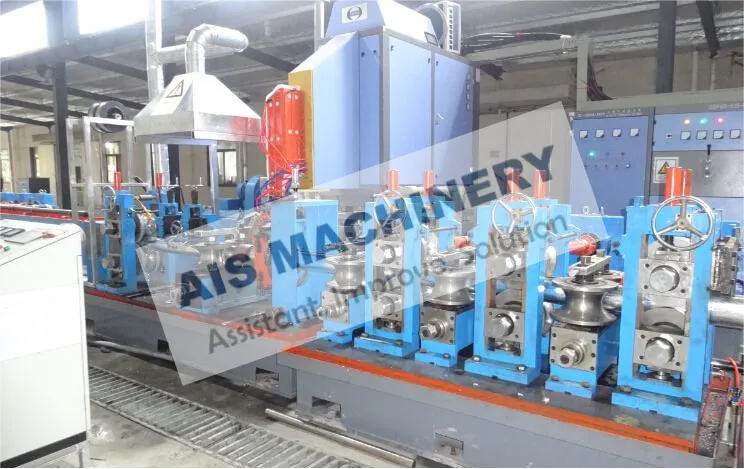
Solid State High Frequency Welder Material Compatibility
High-Frequency Energy and Material Interaction
- Electrical Conductivity Considerations: Festkörper-Hochfrequenzschweißgerätsystems rely on electrical resistance to generate heat at the weld interface, making material conductivity a key compatibility factor. Materials with high conductivity (e.g., copper) require higher frequencies (400–600 kHz) in Festkörper-Hochfrequenzschweißgerät operations to concentrate heat effectively. HEBEI AIS MACHINERY EQUIPMENT CO.,LTD.’s Festkörper-Hochfrequenzschweißgerät models feature adjustable frequency controls, ensuring optimal energy delivery for both high and low conductivity materials.
- Material Thickness Limits: Festkörper-Hochfrequenzschweißgerätsystems perform best with material thicknesses between 0.3mm and 10mm. Thicker materials require longer weld cycles and higher pressure to achieve full bonding. HEBEI AIS MACHINERY EQUIPMENT CO.,LTD.’s heavy-duty Festkörper-Hochfrequenzschweißgerät can handle thicknesses up to 15mm by using extended dwell times and reinforced clamping mechanisms.
- Dissimilar Material Welding: Festkörper-Hochfrequenzschweißgerättechnology enables welding of dissimilar materials, such as aluminum to copper, by controlling heat input to match each material’s properties. HEBEI AIS MACHINERY EQUIPMENT CO.,LTD.’s Festkörper-Hochfrequenzschweißgerät systems include programmable energy profiles that adjust frequency and pressure for each material in the pair, ensuring balanced heating and strong bonds.
Weld Zone Microstructure Compatibility
- Grain Structure Preservation: Festkörper-Hochfrequenzschweißgerätoperations preserve the base material’s grain structure, making them compatible with heat-sensitive alloys like precipitation-hardened aluminum. HEBEI AIS MACHINERY EQUIPMENT CO.,LTD.’s Festkörper-Hochfrequenzschweißgerät systems use precise energy control to avoid grain growth, maintaining the material’s mechanical properties in the weld zone.
- Oxide Layer Management: Materials with stable oxide layers (e.g., aluminum, titanium) require Festkörper-Hochfrequenzschweißgerätsystems that can break up these layers during welding. HEBEI AIS MACHINERY EQUIPMENT CO.,LTD. incorporates ultrasonic vibration features in their Festkörper-Hochfrequenzschweißgerät models, which disrupt oxide layers to ensure direct metal-to-metal contact and strong welds.
Solid State Hf Welder Material-Specific Welding Parameters
Ferrous Metals Compatibility
- Carbon Steel Welding: Festkörper-HF-Schweißgerätsystems excel with low-carbon steels (0.05–0.30% carbon), producing welds with tensile strengths matching the base material. HEBEI AIS MACHINERY EQUIPMENT CO.,LTD.’s Festkörper-HF-Schweißgerät models use 200–300 kHz frequencies for carbon steel, with pressure settings of 150–250 MPa depending on thickness. These parameters ensure complete diffusion without excessive heat input.
- Alloy Steel Considerations: High-alloy steels require precise parameter control in Festkörper-HF-Schweißgerätoperations to avoid carbide precipitation. HEBEI AIS MACHINERY EQUIPMENT CO.,LTD. recommends lower frequencies (100–200 kHz) and higher pressure (250–350 MPa) for their Festkörper-HF-Schweißgerät systems when welding chromium-molybdenum or nickel-based alloys, preserving the material’s corrosion resistance and strength.
Non-Ferrous Metals Compatibility
- Aluminum Alloys: Festkörper-HF-Schweißgerätsystems are highly compatible with aluminum alloys, including 6061, 7075, and 5052. HEBEI AIS MACHINERY EQUIPMENT CO.,LTD.’s Festkörper-HF-Schweißgerät models use 300–400 kHz frequencies and 100–200 MPa pressure for aluminum, ensuring strong welds without the hot cracking issues common in fusion welding.
- Titanium and Titanium Alloys: Titanium’s reactivity at high temperatures makes Festkörper-HF-Schweißgerättechnology ideal, as it avoids melting and oxidation. HEBEI AIS MACHINERY EQUIPMENT CO.,LTD.’s Festkörper-HF-Schweißgerät systems for titanium use inert gas shielding and 150–250 kHz frequencies, producing welds with 90%+ of the base material’s strength.
Table: Material Compatibility Parameters for Solid State Welders
|
Material Type |
Festkörperschweißgerät Frequency (kHz) |
Pressure (MPa) |
Thickness Range (mm) |
HEBEI AIS MACHINERY EQUIPMENT CO.,LTD. Model |
|
Low-Carbon Steel |
200–300 |
150–250 |
0.5–8 |
AM-SSW-300 |
|
Aluminum Alloy 6061 |
300–400 |
100–200 |
0.3–6 |
AM-SSHF-400 |
|
Copper |
400–600 |
250–400 |
0.5–5 |
AM-SSHF-600 |
|
Titanium Grade 2 |
150–250 |
200–300 |
0.5–4 |
AM-SSW-250T |
|
Stainless Steel 304 |
200–300 |
200–300 |
0.5–10 |
AM-SSHF-300S |
Solid State Welding Machine FAQS
Can a solid state welding machine weld dissimilar metals like aluminum and steel?
Yes, a Festkörperschweißgerät can effectively weld dissimilar metals like aluminum and steel by using precise energy control to manage their different thermal properties. HEBEI AIS MACHINERY EQUIPMENT CO.,LTD.’s Festkörperschweißgerät models feature programmable dual-zone heating, applying different frequencies and pressures to each material to ensure balanced diffusion. This avoids the formation of brittle intermetallic compounds common in fusion welding, resulting in strong, durable bonds between aluminum and steel.
What makes a solid state high frequency welder compatible with heat-sensitive materials?
A Festkörper-Hochfrequenzschweißgerät is compatible with heat-sensitive materials because it generates heat through electrical resistance at the interface without melting the base material, preserving their microstructure. This avoids thermal damage to alloys like precipitation-hardened aluminum or titanium, which lose strength when overheated. HEBEI AIS MACHINERY EQUIPMENT CO.,LTD.’s Festkörper-Hochfrequenzschweißgerät systems use rapid, localized heating (typically 1–3 seconds) that limits heat affected zones (HAZ) to less than 0.5mm, maintaining the material’s original properties.
How does material thickness affect compatibility with a solid state hf welder?
Material thickness directly affects compatibility with a Festkörper-HF-Schweißgerät, as thicker materials require more energy and pressure to achieve full diffusion bonding. Festkörper-HF-Schweißgerät systems work best with 0.3–10mm thicknesses; beyond 10mm, weld quality may decline without equipment modifications. HEBEI AIS MACHINERY EQUIPMENT CO.,LTD.’s heavy-duty Festkörper-HF-Schweißgerät models address this with extended dwell times (up to 10 seconds) and reinforced clamping, enabling compatibility with thicknesses up to 15mm for select materials like carbon steel.
Are oxide layers on metals a problem for solid state welding machine compatibility?
Oxide layers can hinder Festkörperschweißgerät compatibility, as they prevent direct metal-to-metal contact needed for diffusion bonding. However, modern Festkörperschweißgerät systems, including those from HEBEI AIS MACHINERY EQUIPMENT CO.,LTD., incorporate features to overcome this—such as ultrasonic vibration or high-pressure clamping that breaks up oxide layers. For materials with particularly stable oxides (e.g., aluminum oxide), pre-weld surface preparation (mechanical cleaning) combined with these machine features ensures effective weld formation.
What maintenance is needed to preserve material compatibility in a solid state high frequency welder?
To preserve material compatibility in a Festkörper-Hochfrequenzschweißgerät, regular maintenance of clamping surfaces and electrode contacts is essential—clean, flat surfaces ensure uniform pressure distribution and energy transfer, critical for consistent welds across materials. HEBEI AIS MACHINERY EQUIPMENT CO.,LTD. recommends weekly cleaning of these components with abrasive pads to remove material buildup. Additionally, calibrating energy output monthly ensures the Festkörper-Hochfrequenzschweißgerät delivers the precise frequencies needed for different materials, maintaining compatibility across production runs.
Material compatibility is a cornerstone of effective Festkörperschweißgerät operations, influencing weld quality, production efficiency, and equipment performance. Whether customers require a versatile Festkörperschweißgerät for diverse materials, a Festkörper-Hochfrequenzschweißgerät for heat-sensitive alloys, or a Festkörper-HF-Schweißgerät optimized for specific thickness ranges, understanding how materials interact with these systems is key to selecting the right equipment. HEBEI AIS MACHINERY EQUIPMENT CO.,LTD.’s engineered solutions—with their adjustable parameters, specialized features for dissimilar materials, and precise energy control—empower manufacturers to achieve consistent, high-strength welds across a wide range of metals. As a wholesaler, emphasizing these compatibility features helps customers maximize their investment, ensuring their welding operations are both versatile and reliable for years to come.
Verwandte Produkte
Verwandte Nachrichten
Eine Nachricht senden
Dear customer, thank you for your attention! We provide high-quality machinery and equipment and look forward to your orders. Please inform us of your needs and we will respond quickly!


